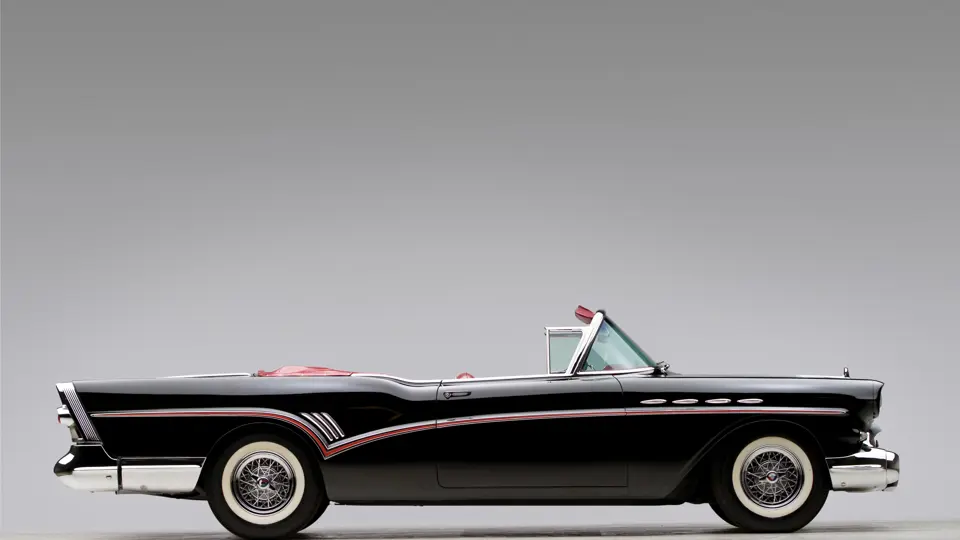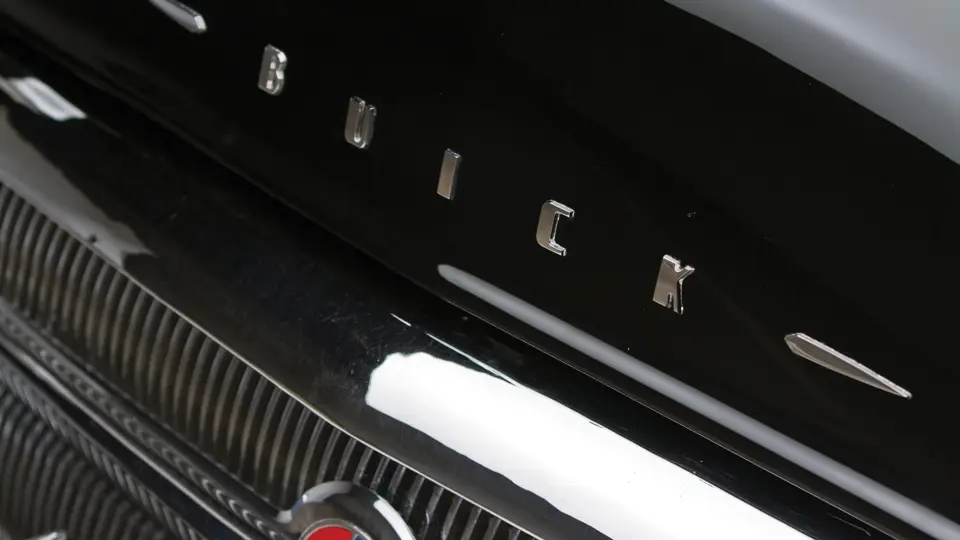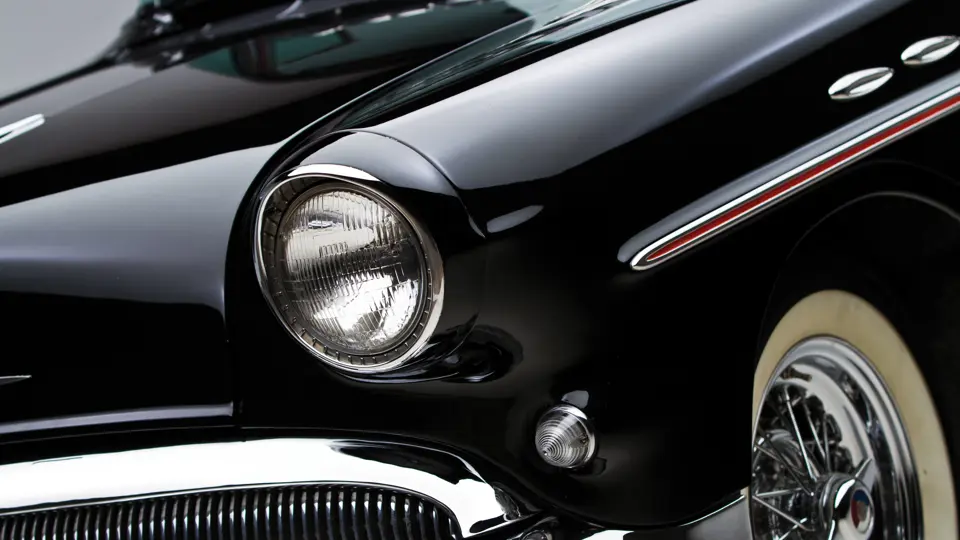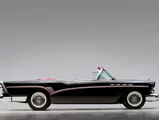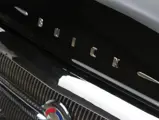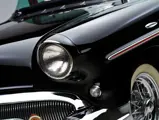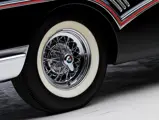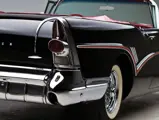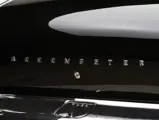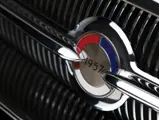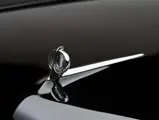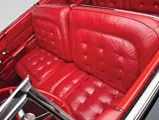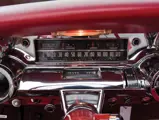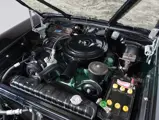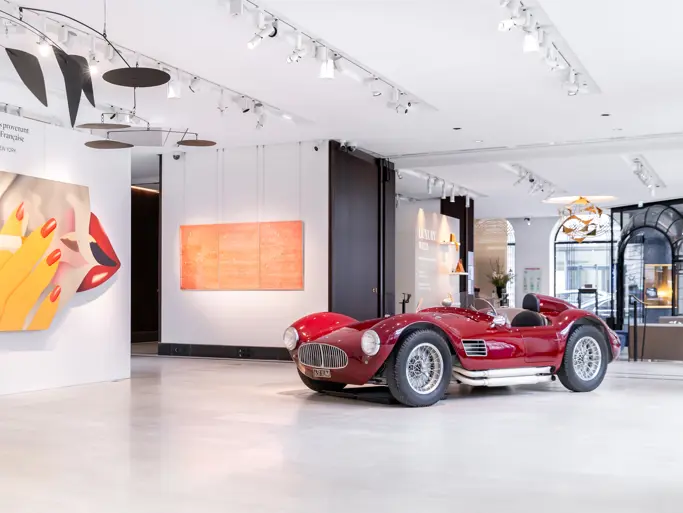Series 70. 300 bhp, 364 cu. in. OHV V-8 engine, Dynaflow automatic transmission, coil spring independent front suspension, live rear axle coil springs, and four-wheel hydraulic drum brakes. Wheelbase: 127.5 in.
Roadmaster, the name previously applied to sub-luxury Buicks in 1936, was promoted in 1946 to the top of the line, as the Limited series was discontinued. Its meaning was obvious: Master of the Road. And so it was, each year having the longest wheelbase, the largest, most powerful engine, and the most lavish trim. In a marketing scheme that was almost counterintuitive, Roadmaster nearly always had the greatest array of body styles, reaching an apex of seven in 1950, when the offerings ranged from sedans to convertibles and a four-door, wood-bodied station wagon. In between were no fewer than three Rivieras, two of them hardtop coupes and one a “post” sedan. By 1955, though, the Roadmaster line had contracted to just three models, a sedan, a hardtop coupe, and a convertible.
For 1957, however, Roadmaster expanded again, into two series, the 70 and 75. All Roadmasters were now pillarless, and there were Riviera hardtop coupes and sedans, both with and without the controversial three-pane rear window. Roadmaster 75s were highly trimmed and included all power equipment, except air conditioning. The sole convertible model was in the Series 70 and came with leather upholstery and a padded dashboard.
This 1957 Buick Roadmaster Convertible Coupe has Carlsbad Black paint that exhibits a foot-deep shine. It contrasts nicely with the red buttoned leather interior and the slim, red accent in the chrome side spear, all matching the black vinyl top. The boot cover matches the red of the upholstery. Body contours are all excellent, and the doors shut well. The chrome trim shows only minimal wear but is in otherwise show condition.
While the 1950s extensive use of exterior chrome is legendary, its application to interiors has been less remembered. This Buick provides an instant déjà vu. A broad swath of chrome underlies all instruments, including the radio, clock, and the door of the glove compartment. It is a sharp reminder of the importance of sunglasses on a bright day. The engine compartment is clean and correctly detailed without being overdone. The chassis frame is painted flat black, and the bottom surfaces of the body are undercoated. Attesting to its outstanding condition, the Buick received its AACA National Junior and Senior awards in 2003.
The car is equipped with power steering, power brakes, a factory original six-way power seat, a power antenna, a day/night rearview mirror, a power top, power windows, an electric clock, seat belts, factory GM Harrison air conditioning, and a Sonomatic AM radio. Whitewall tires are mounted on Kelsey-Hayes chrome wire wheels, so is the spare, which is kept in the red-carpeted luggage compartment.
The Roadmaster name didn’t last beyond 1958, and even then, it was eclipsed by a new, top-of-the-line Limited series. This car is the final year for which Roadmaster was really the master of the road. One trip behind the wheel and its new owner will know why.


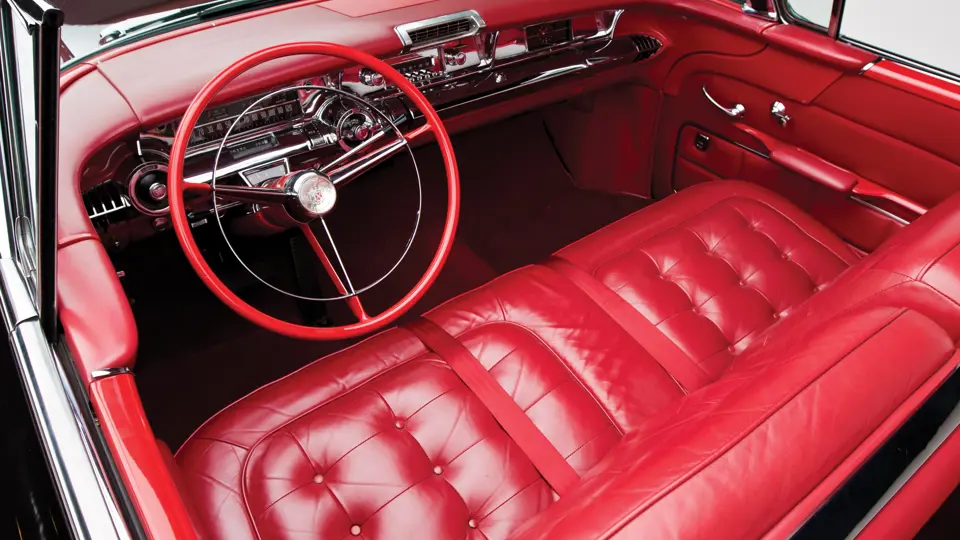



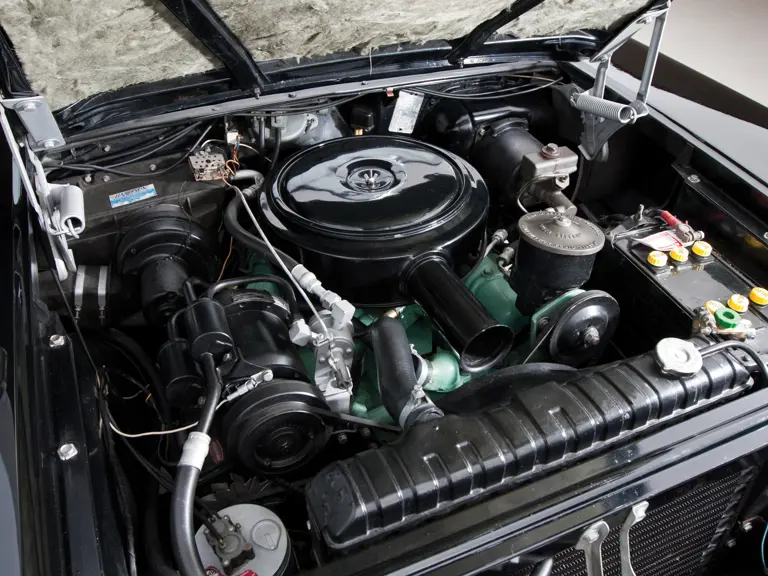
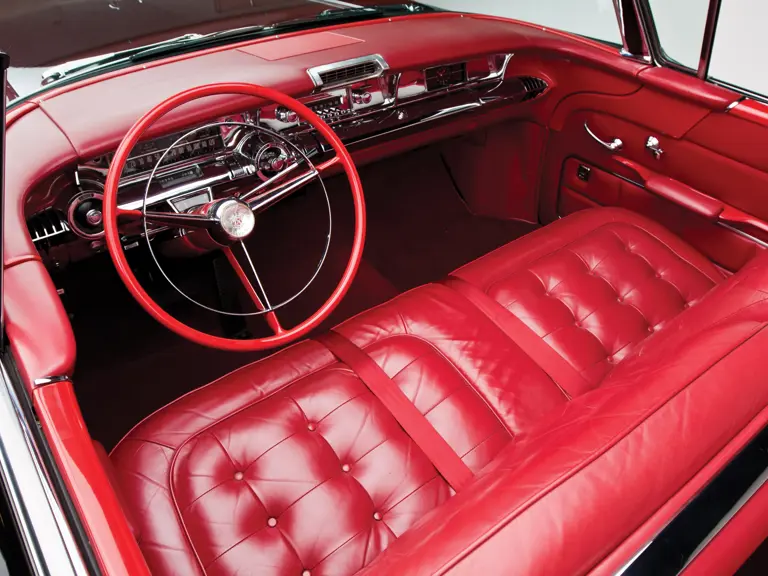
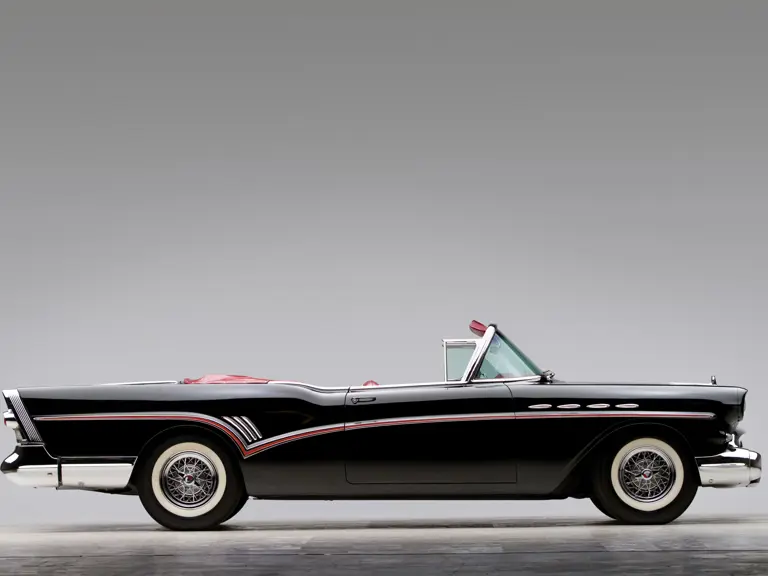
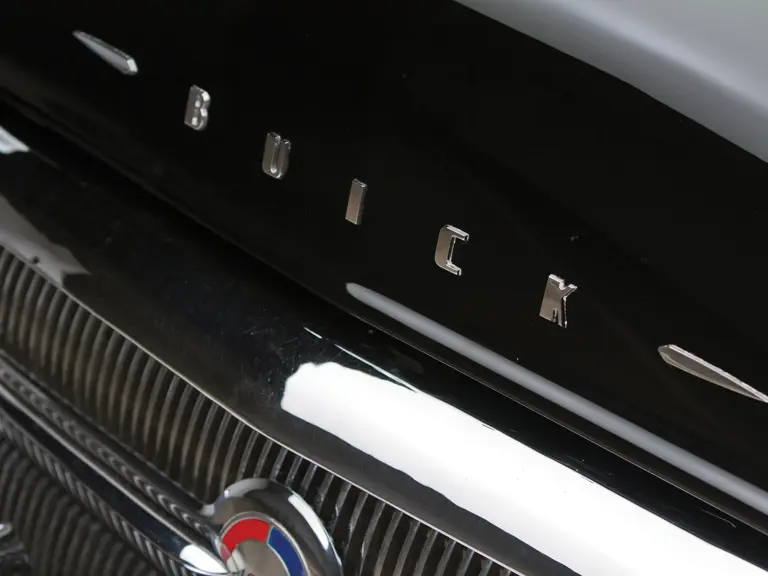
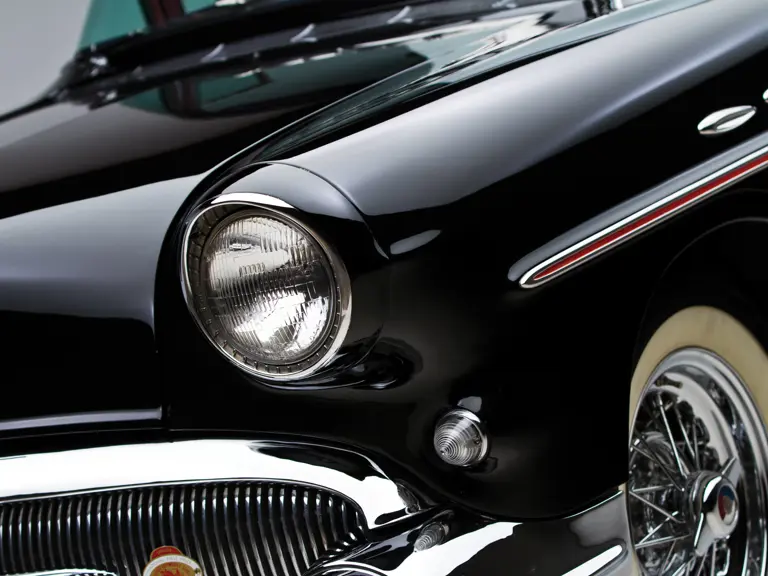
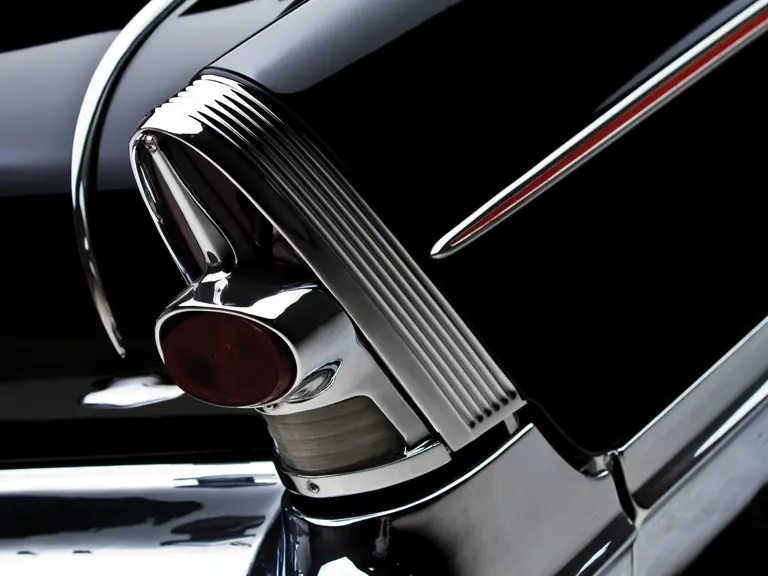
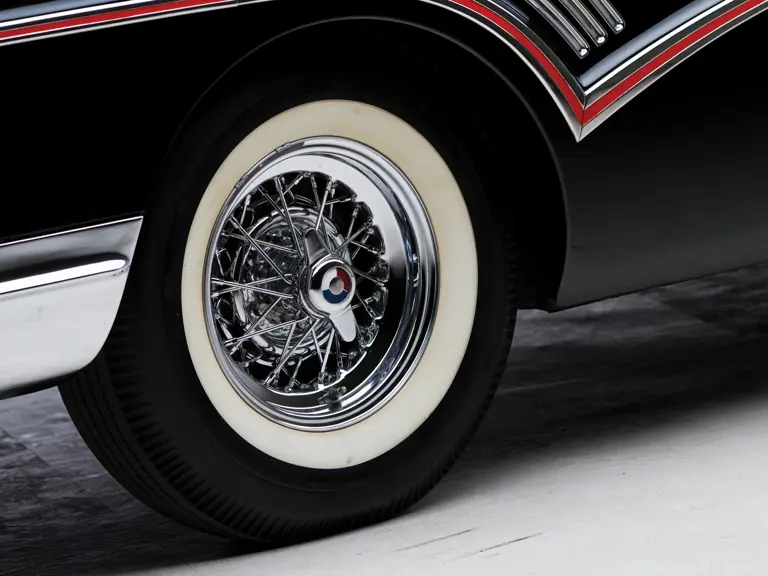

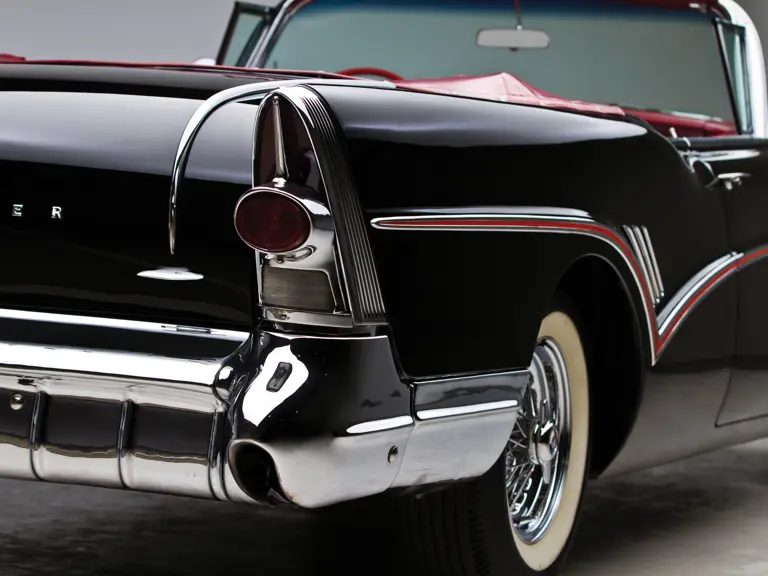
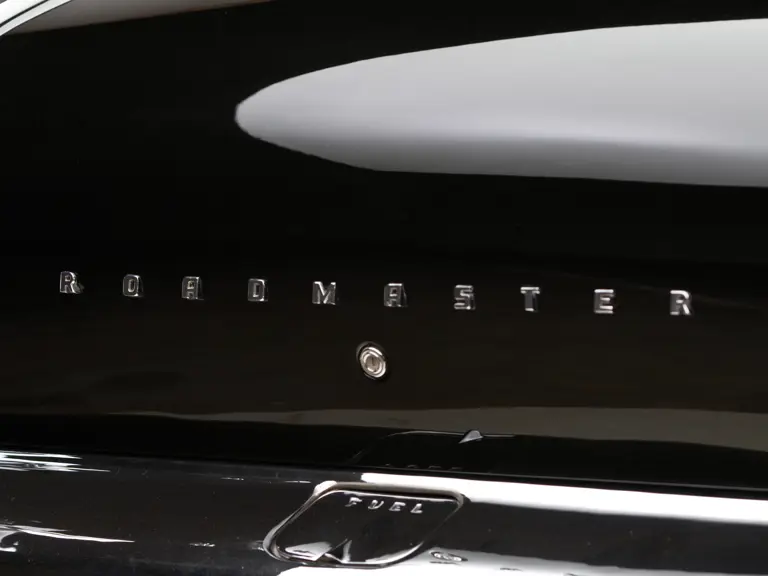



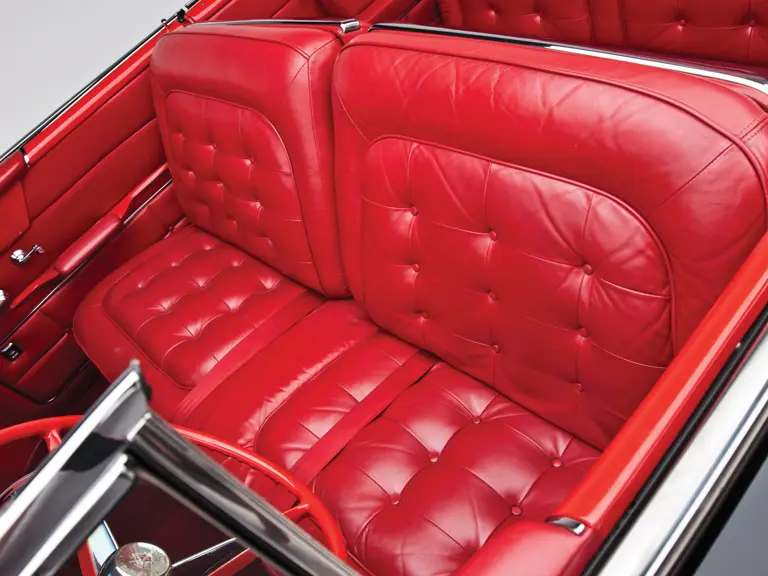
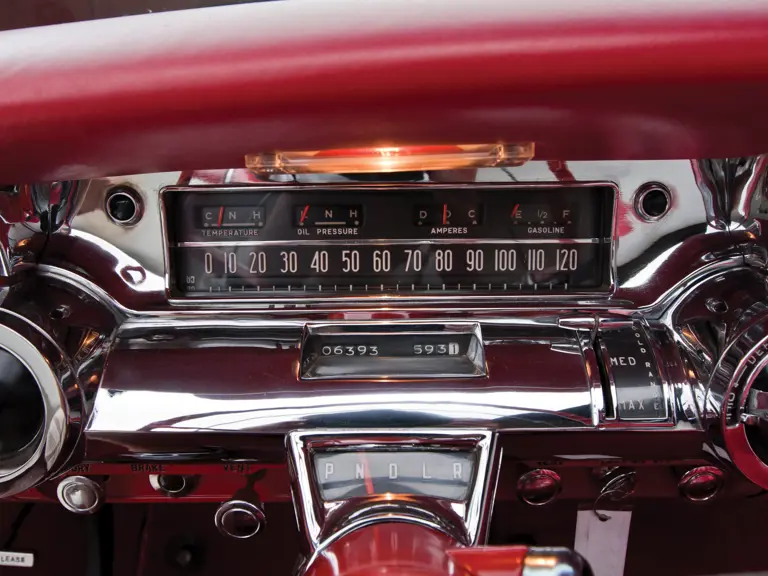
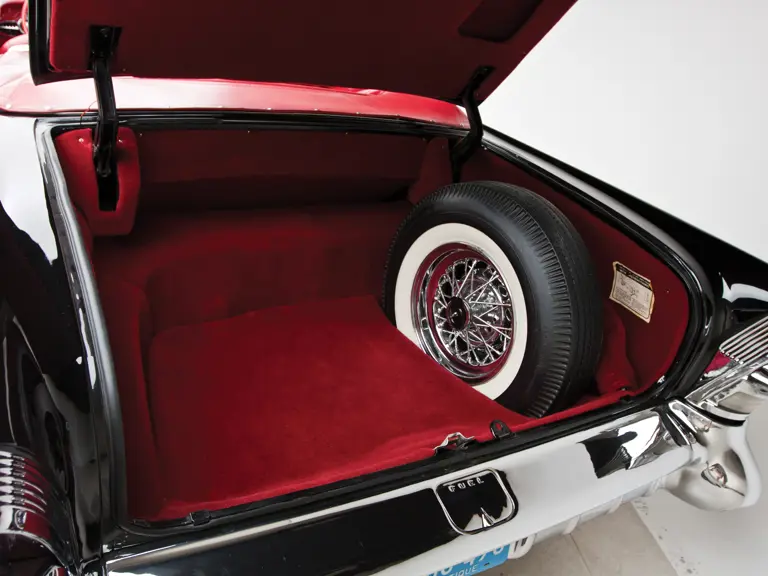
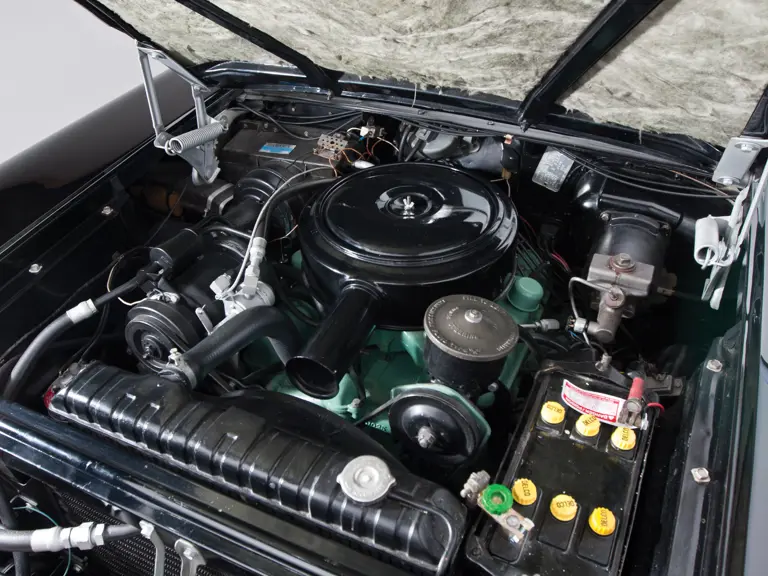

 | North Palm Beach, Florida
| North Palm Beach, Florida
